Imagine you possess some art you really enjoy. How do you let others discover it? Perhaps you wish to join an art club, display your creations at school, or even apply to an art learning center. This is where an artist CV steps in. It’s like a record of all your art accomplishments, a detailed account that outlines your creative journey. This paper, unlike a typical job application, focuses completely on your artistic path. We explore why this record matters and how to build one, whether your home is the US or the UK.
We look at how to get your art out there, if your journey just got going. Creating this list early can open many doors, from a local youth art display in Manchester to a regional high school competition in Texas. It provides a formal way to present your talent and commitment to your craft.
What Is an Artist CV?
So, what forms an artist’s CV? Consider it your art narrative on paper. It outlines your art learning, displays you participate in, prizes you achieve, and other neat activities you complete with your art. It is a comprehensive overview, not just a quick summary. For instance, your CV might detail art lessons taken at a Saturday program in London or a summer workshop at a community center in California. It includes group shows you contributed to, perhaps at a school fete or a local library.
It differs from a common job record because it centers entirely on your creative path, highlighting exhibitions, residencies, and awards above all else. For instance, a US student hoping for a college art program acceptance will need a CV that presents their path, much like a UK student aiming for a gallery spot might. This record helps individuals in the art world grasp what you represent, painting a picture of your skills, dedication, and artistic development. It becomes your official introduction to curators, gallery owners, and art program directors.
Sample Artist CV Template
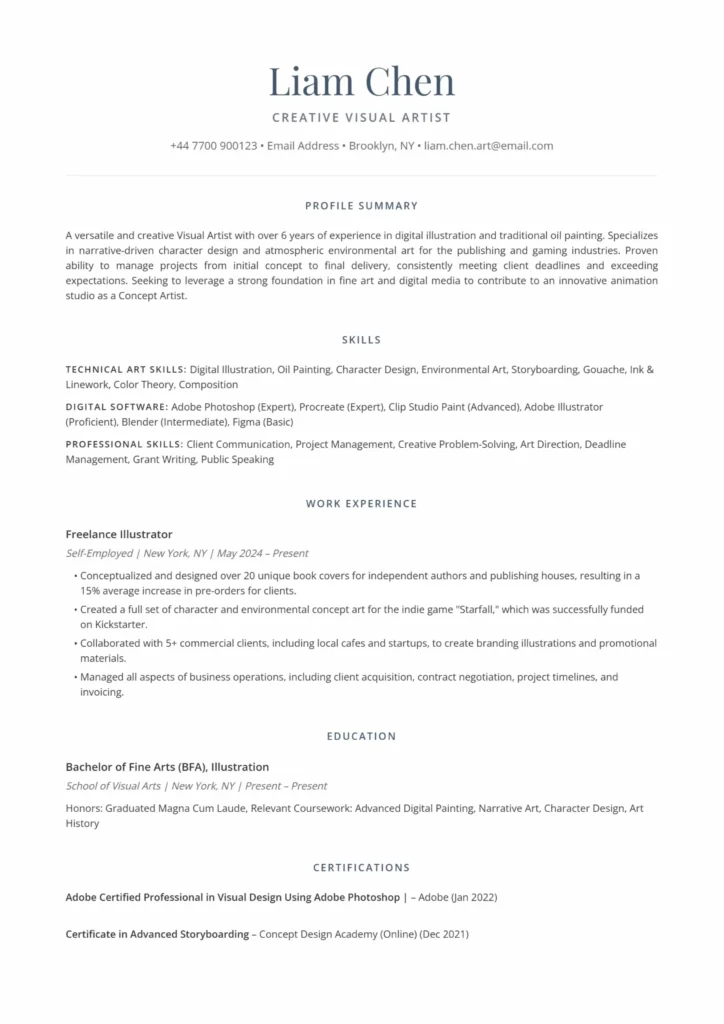
👉 Download Link: [Get Here]
Art Records: A Trip Through Time
Artists did not always possess these kinds of records. Ages ago, someone such as Leonardo da Vinci might pen a letter to a powerful person, telling them every painting or construction he could create. That stood as his way of presenting what he could accomplish, a personalized appeal for support. During medieval times, craftspeople and artists in Europe would carry sketchbooks or small examples of their work, showing them directly to potential clients.
Over time, as art displays and art learning centers grew, people began needing a more put-together record of an artist’s work history. The development of art institutions and organized exhibitions in the 19th and 20th centuries across the UK and the US made a standardized document more and more needed. In both the UK and the US, this necessity grew stronger as the art world got bigger and more structured.
What began as a quick talk or a gaze at a sketchbook turned into a written account of an artist’s path, a formal document that tracks a career’s unfolding. The College Art Association in the US, for instance, put out guidelines to help standardize these documents, especially for those in academic art.
What’s Happening Now: Art CV Trends
At this moment, constructing an artist’s CV requires thought about your online presence. Many young artists in the US and UK share their creations on sites such as Instagram, TikTok, or ArtStation. Your CV will often feature connections to these online locations, allowing reviewers to instantly view your work beyond the written word. Reviewers also appreciate CVs that allow for easy reading and adapt precisely for the chance you seek. This means tailoring your document.
For instance, a UK gallery seeking fresh painters might desire to observe distinct elements, such as awards from the Royal Academy of Arts, compared to a US university art program, which might prioritize participation in a Scholastic Art & Writing Awards show. Artists also uncover methods to exhibit their use of new aids, like digital drawing programs, virtual reality tools, or AI-assisted creation processes, which hold significant sway in both regions.
Clean layouts, a clear font, and sufficient white space are favored for clarity, making your information easy to grasp quickly. Avoiding too much design keeps the focus on your achievements.
Facing the Hurdles: Art CV Challenges
It can prove tough to commence. Many young artists in the US and UK feel concern about lacking sufficient displays or prizes to list on their first CV. It can feel like a major block, making them wonder if they have enough to say. A tough truth remains that art can represent a hard path to earning a living, and numerous artists require other jobs to meet expenses, such as working at a coffee shop in Brighton or a retail store in California.
This can make it hard to center solely on art, limiting time for creative pursuits. Another difficult aspect rests in the multitude of individuals desiring to present their art, so distinguishing oneself from the throng carries big weight in places like London or New York. The art scene feels crowded, and gaining attention demands patience and persistence.
Younger artists also face the challenge of understanding the intricate workings of the art world, from gallery submissions to grant applications. It can feel like a secret language, needing time to learn the ropes.
Looking Ahead: The Future of Artist CVs
What shape will artist CVs take in the coming years? We could witness even greater online art profiles. Rather than simply a paper record, your internet site or digital page might become your chief art narrative, a living document that constantly updates. Imagine presenting a video of your art in motion, perhaps a time-lapse of a painting, or a virtual tour of a display you created, letting people experience your work anywhere.
Aids that employ smart programs could help artists pick the finest parts of their creations to present for differing chances, ensuring their applications hit the right notes with curators or art schools. This might mean simpler avenues to share your art narrative with people around the globe, from a small community in the UK to a grand metropolis in the US, breaking down geographical barriers.
Digital tools could refine CV creation, offering feedback on clarity and impact. The focus will likely turn more to a seamlessly linked online presence, where your CV, artist statement, and portfolio live together, telling a full, dynamic story.
Closing Thoughts: Crafting Your Art Story
Crafting your artist CV marks a good step on your art path. It aids you in tracking your work and sharing your narrative with others in a professional way. Whether you aspire to join a school art group in the US or seek a local art display in the UK, possessing a clear record of your art activities represents a smart move. It shows you take your art seriously and are ready to seek chances.
Begin modestly, adding every art lesson, every small show, and every prize you achieve. Keep adding to it, and let your art speak for itself, opening doors to new journeys. Think of it as your art journey map, always growing.
FAQs
What should I place on an artist CV if my journey just got going?
List any art lessons you complete at school or elsewhere. This could include formal classes, workshops, or significant online courses. Mention school art displays or local art festivals where your work received a viewing. Perhaps a display at your local community center or a school talent show. Include any art prizes or school recognitions you gain. A “most improved artist” award or a prize in a regional competition counts. Speak about any art projects you complete alone or with companions. Perhaps a mural for a school event or a design for a charity poster. (US/UK point): A modest local display in your community, whether it’s in Kent or Kansas, counts. Every chance to show your art adds to your story.
What duration should my artist CV cover?
When you are young, one page usually proves ample. This concise approach makes it easy for reviewers to grasp your key achievements swiftly. As you produce more, it might lengthen, perhaps to two pages, as you gain more experience and accomplishments. Established artists often possess CVs several pages long, but for a student, brevity stands as a virtue.
Do I need an art qualification to possess an artist CV?
No, not at all! Numerous skilled artists did not attend art learning centers. Their journeys took different routes. Outline any art learning you receive, if it is through private instruction, online tutorials, or mentorships with local artists. (US/UK point): Whether you are self-taught in the UK, honing skills through YouTube, or learned from a local artist in the US, attending weekly studio sessions, that learning carries weight. What matters most remains your dedication and the quality of your work.

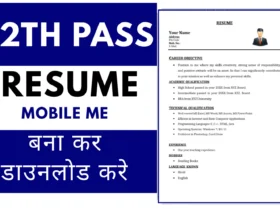
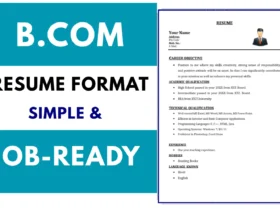
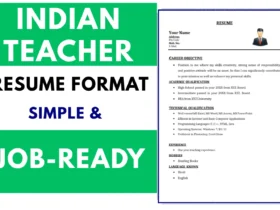







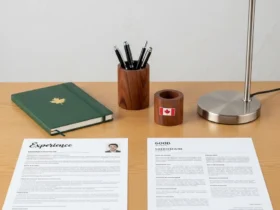

Leave a Reply